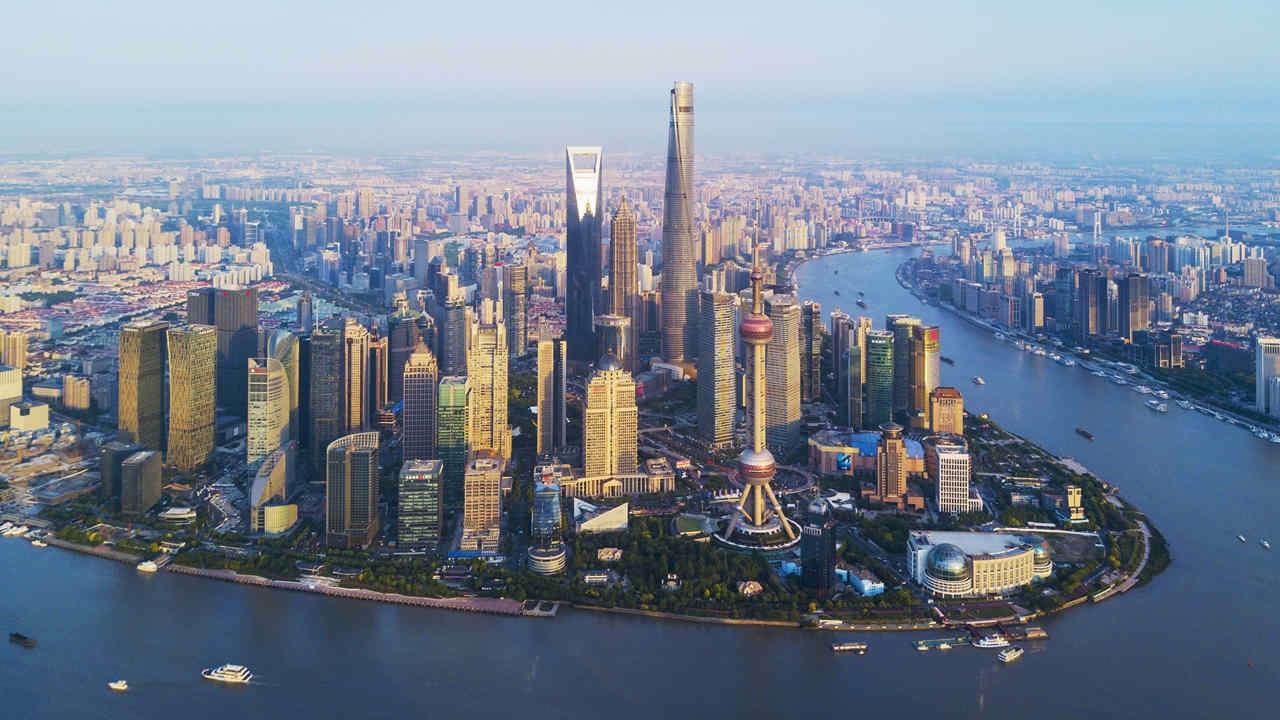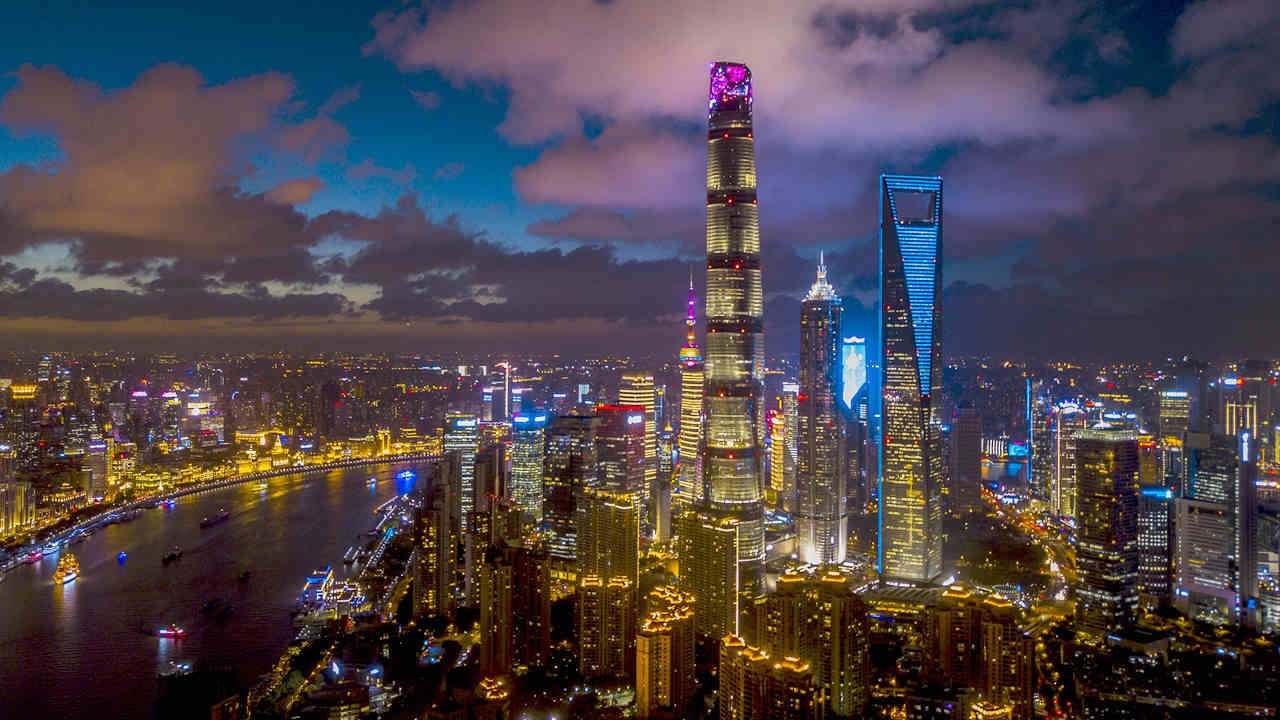
Business
17:46, 07-Nov-2017
Shanghai's Lujiazui district: a model of financial reform and opening up
By Yang Chengxi

The financial sector is an important part of the China-US 100 Day Action Plan, in which Shanghai plays a big role. Now, with the city's free trade zone (FTZ), Shanghai is a demonstration of the country's efforts in reform and opening up.
As China’s first pilot free trade zone, the Shanghai FTZ was opened in 2013 as the test bed of new economic and financial policies. China expects Shanghai to make the zone world class, with liberalized trade and investment, no hidden or opaque rules, fair and efficient supervision, as well as welcoming business environment by 2020.

An aerial view of Shanghai, China. /VCG Photo
An aerial view of Shanghai, China. /VCG Photo
Official data showed that about 90 percent of the total foreign investment worth four billion US dollars that Pudong attracted in the first half of 2017 has gone to the area, while altogether 8,781 foreign companies have been set up there. And the Lujiazui district, an important part of the FTZ, hosts the most registered domestic and international financial institutions in China, over 800.
“Many big US banks, such as Wells Fargo, Citibank, and Bank of America have set up bases here. The free trade zone has been established for four years, and we have streamlined regulations based on our investment negative list. We have also made a structural framework for foreign invested firms to help their foreign exchange management and cross-border use of RMB,” said Ren Kaifeng, Director of Lujiazui Administrative Bureau at Shanghai FTZ.
The benefits of reforms can be felt across financial institutions in the district.

An aerial view of Lujiazui district, Shanghai, China, August 18, 2017. /VCG Photo
An aerial view of Lujiazui district, Shanghai, China, August 18, 2017. /VCG Photo
Citibank, for instance, has been operating in China since as early as 1902. According to Christine Lam, CEO of Citibank China, “US financial institutions are being given the license to operate in the bond clearing and settlement business, in the bond underwriting market. So obviously we continue to look forward to increasing market access and the ability to do more in China.”
Apart from banking institutions, eight out of the top ten asset management firms have set up shop in the Lujiazui district. They are also reaping the benefits from China’s reform and opening up.
The first foreign financial institution to get a Wholly Foreign Owned Enterprise license in the district, J.P. Morgan Asset Management, said reform measures have helped the company expand investment channels.

Night scene of Lujiazui district, Shanghai, China. /VCG Photo
Night scene of Lujiazui district, Shanghai, China. /VCG Photo
“Such as the stock connect, bond connect and QDLP,” its global market strategist Zhu Chaoqing explained. “These moves can help attract foreign investors with long term vision so as to enhance investor structure and improve the efficiency of the Chinese financial market.”
Not only enjoying the benefits, those international financial institutions also bring insights to Chinese regulators on this relatively new sector in China.
“The regulators are very keen on learning market dynamics and international industry practices so as to integrate them into domestic policy design. J.P. Morgan Asset Management, as a global fund manager, has also been very actively contributing to this. Leveraging on our global perspective, we have frequently shared our research insights, providing policy reference for policy reform,” said Zhou Lingling, Deputy General Manager at JP Morgan Asset Management.
1069km

SITEMAP
Copyright © 2018 CGTN. Beijing ICP prepared NO.16065310-3
Copyright © 2018 CGTN. Beijing ICP prepared NO.16065310-3